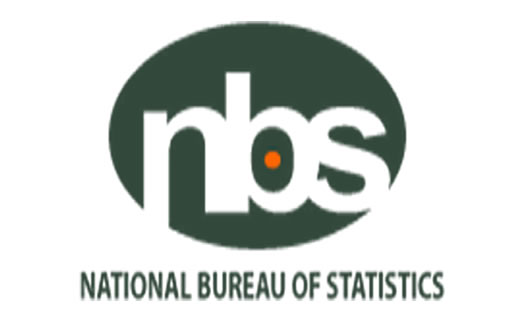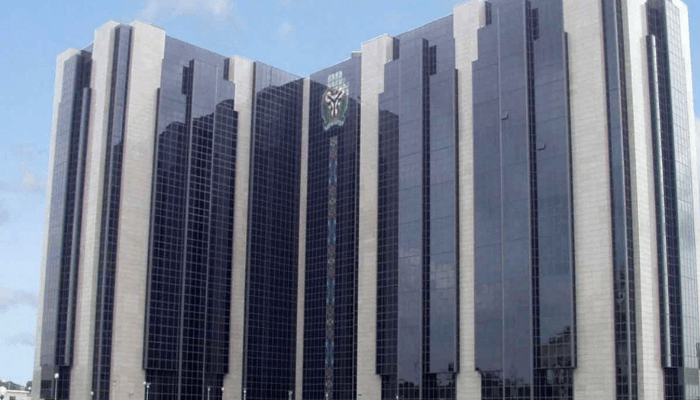The National Bureau of Statistics (NBS) released a report that presents a comprehensive picture of Nigeria’s labour market performance for 2023 and offers insights into key labour market indicators. The report also highlights the highest rate of unemployment among persons with post-secondary education at 9.4%, followed by those with secondary school education at 6.7% and primary education at 4.1%. The lowest rate was recorded among those with no formal education at 3.2%. The Nigeria Labour Force Survey for 2023 revealed that the unemployment rate in Nigeria stood at 5.4% in 2023, with Abia recording the highest rate at 18.7% and Nasarawa having the lowest rate at 0.5%.
In 2023, there were 116.6 million people of working age, or 53.8% of the entire population. Of these, women made up 52.2% and men 48.4%. The yearly percentage of people in the work force was 76.3%, or 88.9 million people. With 92.3%, Bauchi State had the highest participation rate while 64.4%, Ekiti State had the lowest.
Of the people who were of working age, 84.1 million were employed, of which 20.6 million were in the 15–24 age group. The employment-to-population ratio in the country was 72.2%; 73.3% of the people lived in rural areas and 68.7% in urban areas. With a ratio of 88.4%, Bauchi state had the highest employment-to-population, while Rivers state had the lowest at 55.7%.
In 2023, there were 77.6 million people working informally, making up 92.2% of the working population. The largest number of informal workers was found in Kano State, with 4.6 million persons, followed by Lagos State. The national time-related underemployment rate stood at 11.1%, with males accounting for 8.3% and women at 13.4%.




